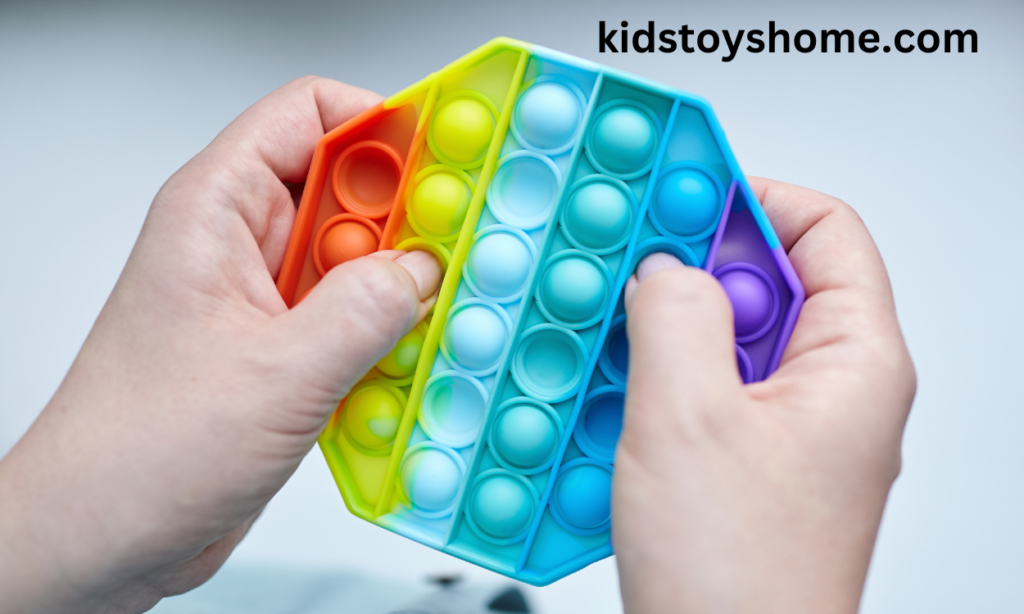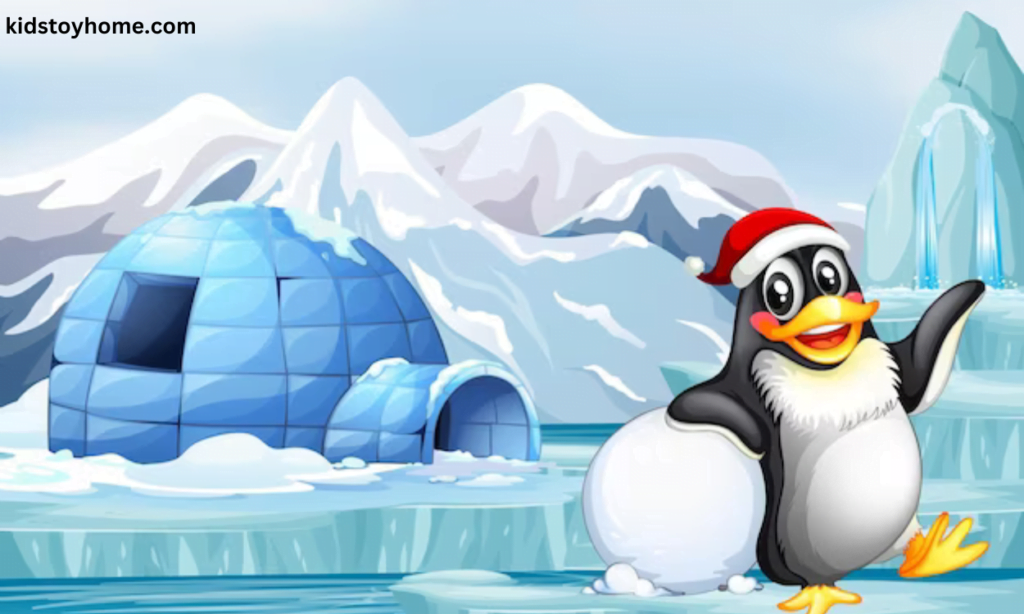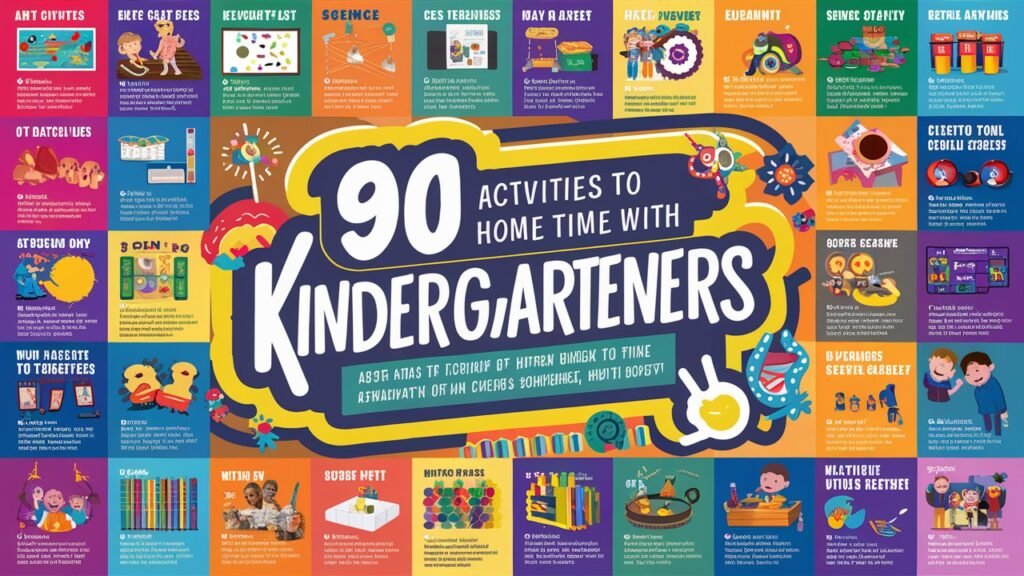Sand Slime, a fascinating combination of common sand and a viscous, tactile material known as slime, introduces a delightful twist to traditional play items.
It provides not only an element of fun but also an engaging, hands-on approach to learning. The magic of Sand Slime lies in its duality. On one hand, it serves as a tool for children and adults alike to indulge in a sensorial immersive play experience. On the other hand, it enhances understanding and appreciation for basic scientific concepts such as texture, consistency, and the chemical reactions leading to its formation.
Through the exploration of Sand Slime, one can expect a journey rich in both entertainment and education.
The Components of Sand Slime
The basic ingredients
The magic of Sand Slime begins with its basic ingredients: standard slime (composed of glue and a slime activator such as borax or liquid starch), and sand. These two components form the basis of Sand Slime and contribute to its unique properties.
Glue, the principal ingredient of standard slime, is a polymer that provides the stretchy, flexible backbone of the slime structure. The slime activator, whether borax or liquid starch, interacts with the glue to create a cross-linked network of polymers. This network forms the stretchy, malleable texture we associate with slime.
Sand, as the second major ingredient, is what distinguishes Sand Slime from regular slime. Its role is to add texture and a sensory dimension to the slime. When mixed with the slime base, sand creates a gritty texture, making the slime feel more like wet sand than a smooth, stretchy substance. The sand, therefore, not only changes the slime’s tactile qualities but also offers a unique sensory experience to the user, enhancing the fun and educational aspects of Sand Slime.
Click to Buy from Amazon at no extra cost
The Fun Side of Sand Slime
How to make your Sand Slime
Creating your sand slime is a fun-filled and straightforward activity. Begin by mixing a cup of sand with half a cup of school glue. Stir until they blend uniformly, then add liquid starch gradually, mixing continuously until your desired consistency is reached. This process is both entertaining and enlightening, offering a practical lesson in ratios and measurements.
Creative ways to play with Sand Slime
Once you have your sand slime, the creative opportunities are virtually limitless. Children can mold the slime into various shapes or use it to create textured art pieces. It’s also an excellent sensory material, providing tactile stimulation and helping to improve fine motor skills. Whether used for sculpting mini sandcastles or creating imaginative landscapes, sand slime opens a world of creativity and fun, making learning an exciting endeavor.
How to make your Sand Slime?
- Gather the necessary materials: a large bowl, a spoon, 1 cup of sand (any type will do), 1/2 cup of cornstarch, and 1/2 cup of liquid starch.
- In the large bowl, combine the sand and cornstarch and mix them thoroughly.
- Gradually add in the liquid starch while continuing to stir the mixture.
- Continue to stir until the mixture starts to thicken. If the slime is too liquid, add more cornstarch. If it’s too stiff, add more liquid starch.
- Once the desired consistency is achieved, knead the mixture with your hands. The heat from your hands will help it become smoother and stretchier.
- Your sand slime is now ready to play with! Store it in an airtight container when not in use to prevent it from drying out.
The Educational Aspects of Sand Slime
Learning about texture and consistency
The educational benefits of Sand Slime are multifaceted, providing hands-on learning experiences that engage multiple senses. Firstly, the exploration of texture and consistency is a core aspect of this learning process. As children knead and manipulate the Sand Slime, they observe changes in its state and consistency. This tactile interaction offers a practical understanding of how different materials interact and transform.
The science behind the formation of Sand Slime
Secondly, the science behind the formation of Sand Slime offers real-world insights into Chemistry. When children mix sand, glue, and liquid starch, they create a non-Newtonian fluid, a substance that behaves both as a solid and a liquid. This surprising transformation sparks curiosity and can serve as a springboard for further scientific investigation.

Lessons in creativity and innovation
Lastly, engaging with Sand Slime offers lessons in creativity and innovation. As children shape and reshape the Sand Slime, they exercise their imagination, developing their ability to visualize and execute their ideas. This process of creation and recreation nurtures problem-solving skills, encouraging innovative thinking. At its core, the world of Sand Slime is a fascinating exploration that turns play into an enriching educational experience.

Conclusion
In sum, Sand Slime’s magic lies in its unique blend of fun and educational value. Not only does it provide endless entertainment and creative possibilities, but it also serves as an insightful exploration into the world of textures, consistencies, and the science of substances.
The process of making and playing with Sand Slime sparks creativity, innovation, and a deeper understanding of the material world around us. Furthermore, it serves as an excellent example of learning through play, reinforcing the concept that education does not have to be strictly confined to the four walls of a classroom.
As we delve into the fascinating world of Sand Slime, we encourage you to keep exploring, experimenting, and learning. Remember, every grain of sand holds a potential for discovery and understanding.
Frequently Asked Questions (FAQs)
What is Sand Slime?
Sand Slime is a fun, moldable substance that combines the texture of sand with the versatility of slime. It’s a great hands-on tool for creative play and educational exploration.
What are the basic ingredients of Sand Slime?
The basic ingredients of Sand Slime are sand, craft glue, and liquid starch. These ingredients work together to create a unique texture and consistency.
How can I make my Sand Slime?
Making your own Sand Slime is a simple and fun process. All you need to do is mix sand, craft glue, and liquid starch in the right proportions. Don’t forget to follow safety measures during the process.
Is playing with Sand Slime safe?
Yes, playing with Sand Slime is generally safe, provided you follow some basic safety measures like not ingesting the slime and washing your hands after playing.
How is Sand Slime educational?
Sand Slime provides an opportunity for children to learn about textures and consistencies, understand basic science principles, and foster creativity and innovation.





